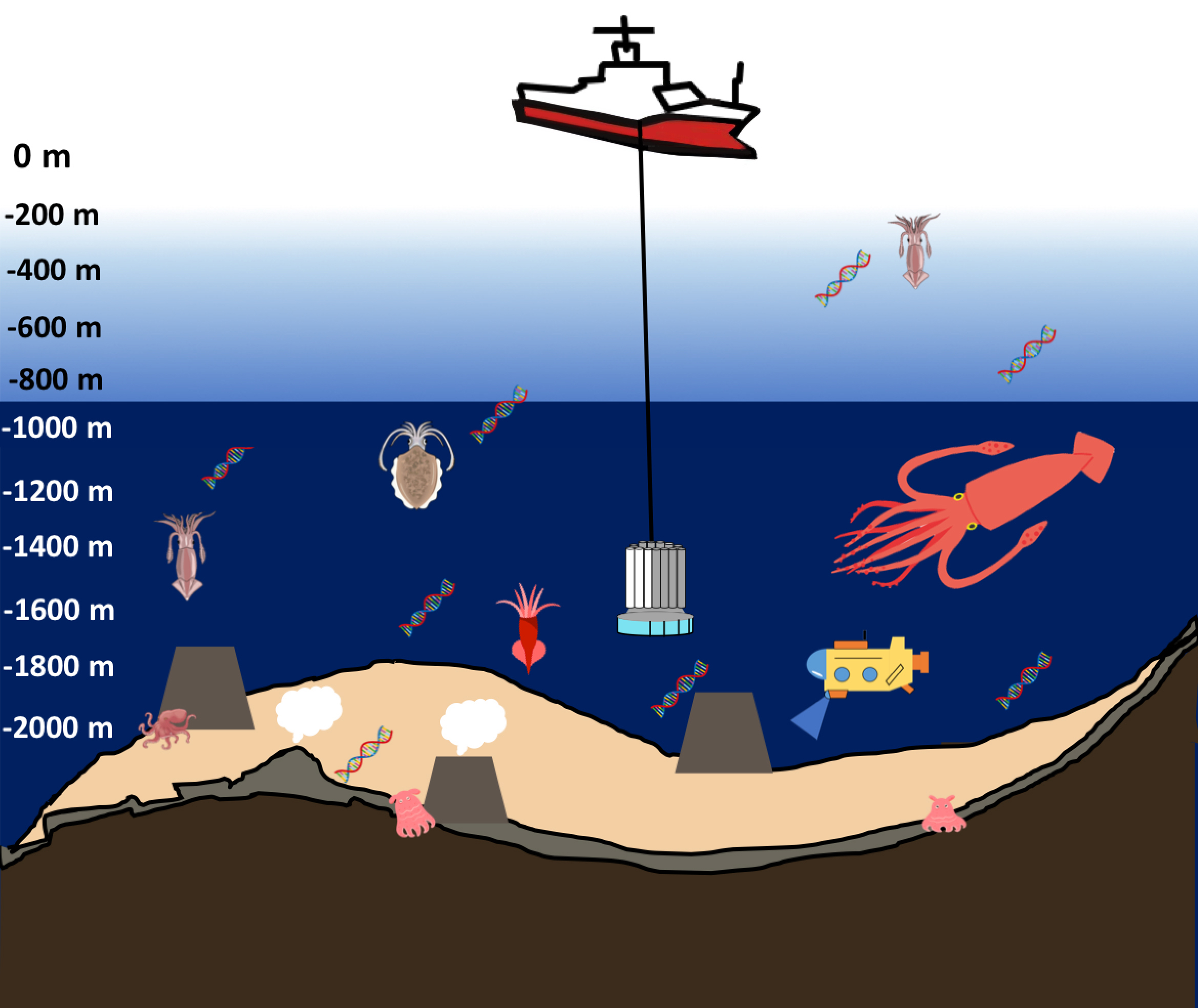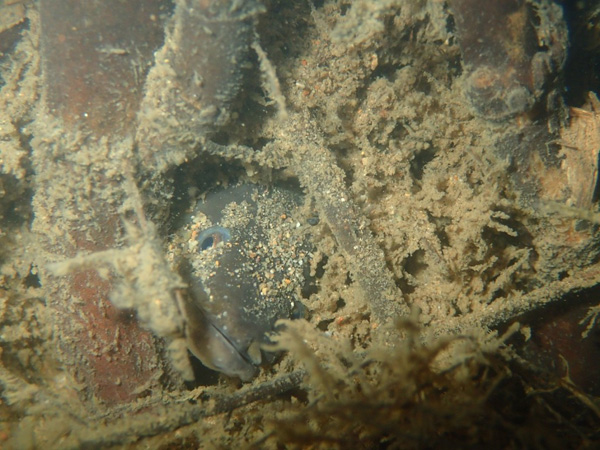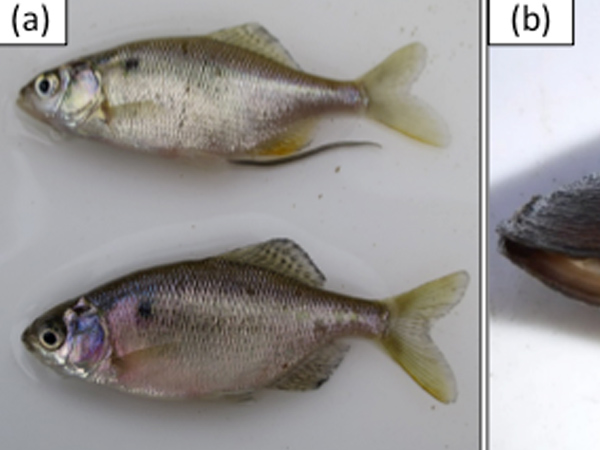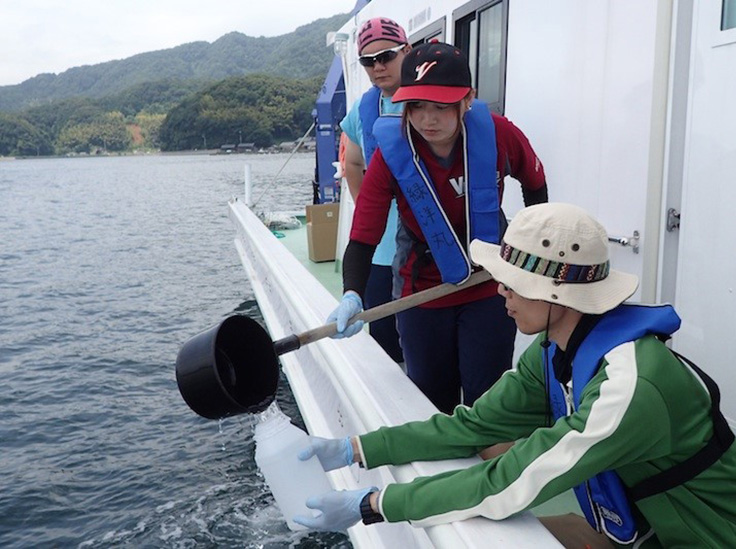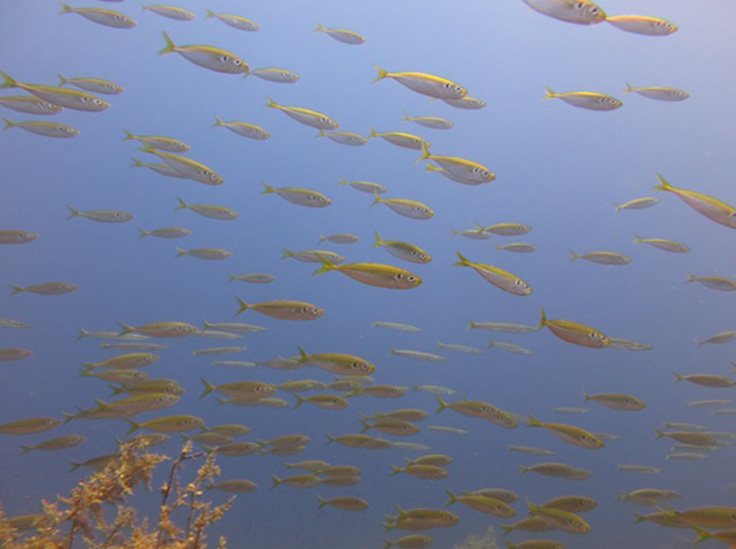A research group, headed by Dr. MINAMOTO Toshifumi (Project Assistant Professor, Graduate School of Human Development and Environment, Kobe University), Dr. UCHII Kimiko (Assistant Professor, Faculty of Pharmacy, Osaka Ohtani University), and Dr. DOI Hideyuki (Graduate School of Simulation Studies, University of Hyogo), have used environmental DNA (eDNA) to quantify the proportion of Japanese native common carp to non-native strains from the Eurasian continent. Their method is based on single nucleotide polymorphism (SNP), and it is hoped that this novel approach will facilitate the detection of non-native genotypes in various species. The findings were published in Molecular Ecology Resources on August 27 (Japan time).
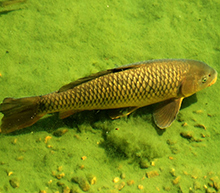
Foreign strains of carp from the Eurasian continent have invaded many bodies of water within Japan, and native Japanese carp are becoming rare. CREDIT: Dr. UCHII Kimiko (Faculty of Pharmacy, Osaka Ohtani University)
Environmental DNA (eDNA) analysis has advanced rapidly in recent years, and is attracting increased attention. It can be used to monitor the distribution of water-dwelling organisms through extraction and analysis of the environmental DNA present in water, without capturing the organisms themselves. This is particularly effective for monitoring the invasion of non-native species which are hard to distinguish from native species by appearance.
Dr. Minamoto’s research group extracted eDNA from water, and amplified and analyzed the DNA using Cycleave PCR. They developed a procedure that differentiated between and quantified the relative proportion of native and non-native genotypes, based on a single nucleotide polymorphism within a DNA sequence.
Utilizing this procedure, the research group carried out empirical studies on the Japanese native common carp and the non-native strain of carp from the Eurasian continent. The Japanese native strain of common carp is endangered due to the invasion of foreign strains (these strains diverged a few million years ago). As a result of this study, the research group was able to determine the relative proportions of native and non-native strains of carp contained in the aquarium through eDNA analysis. When they used this approach in the rivers and reservoirs of western Japan to monitor the relative proportion of both carp strains, they discovered that the invasion of the foreign carp has advanced considerably.
In general, foreign and native strains of same species look very similar, so it is difficult to monitor the invasion of foreign strains. Factors such as competition over resources and hybridization have had a significant negative impact on native species, and it is becoming a serious issue that threatens biodiversity. It is hoped that this method of analysis can be used to swiftly and easily determine the invasion of foreign strains in various aquatic species.
Journal information
- Title
- A novel environmental DNA approach to quantify the cryptic invasion of non-native genotypes
- DOI
- 10.1111/1755-0998.12460
- Authros
- Uchii K, Doi H, Minamoto T
- Journal
- Molecular Ecology Resources





